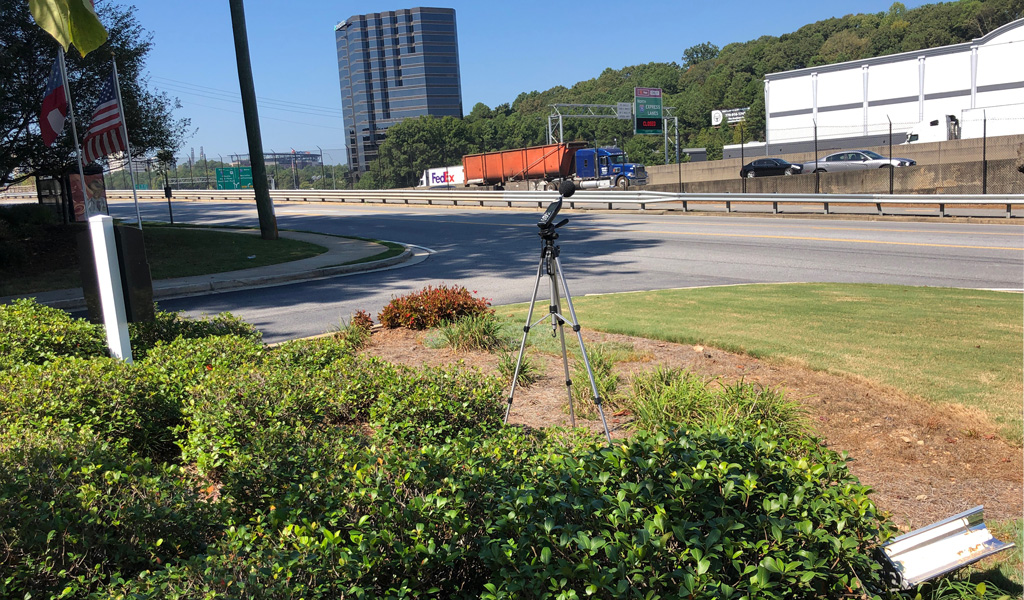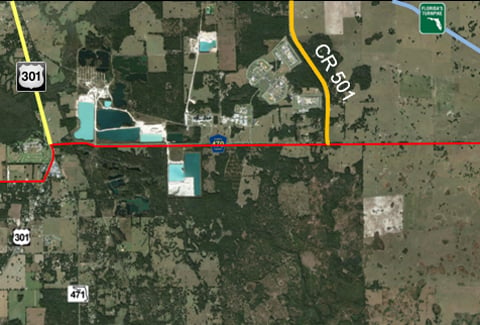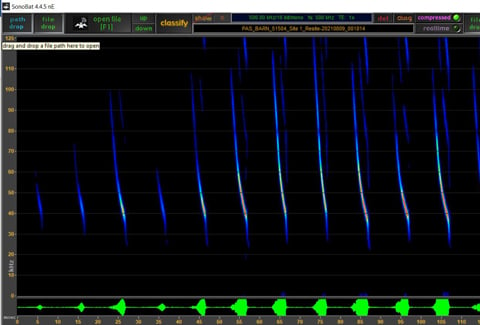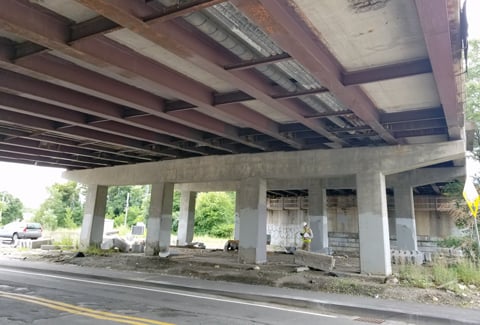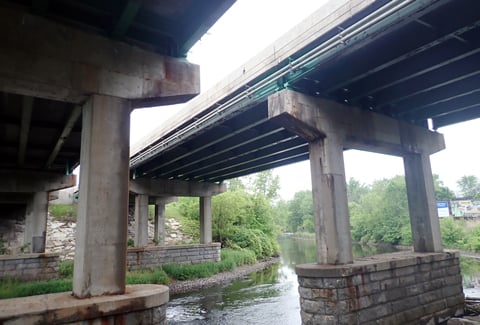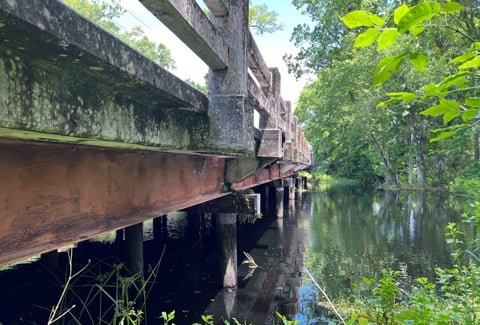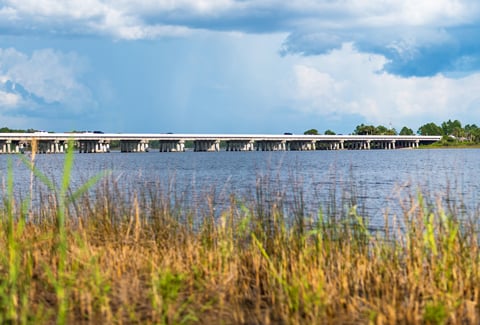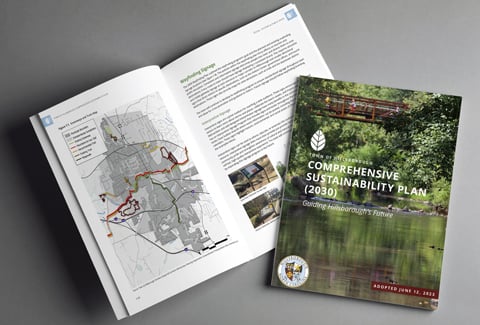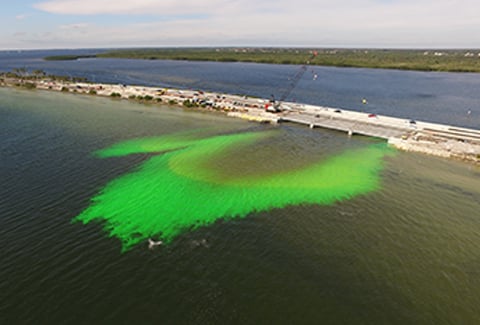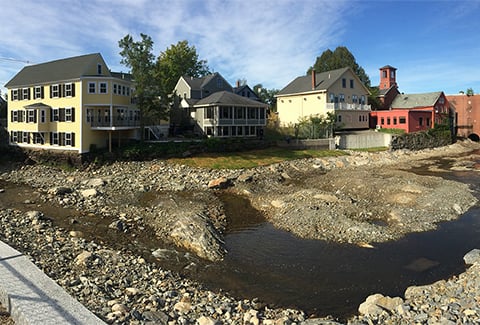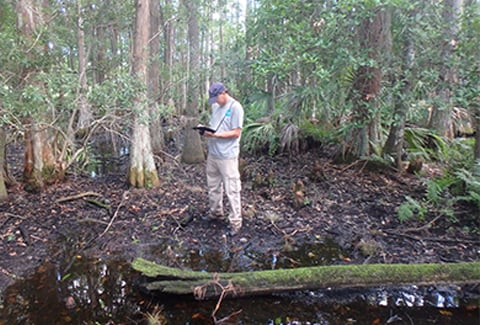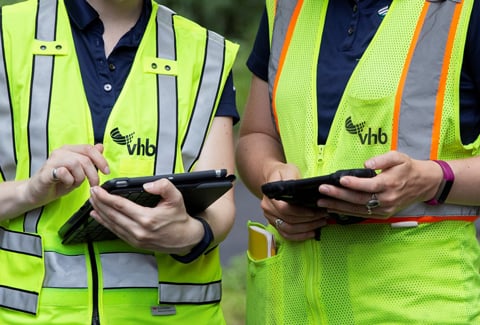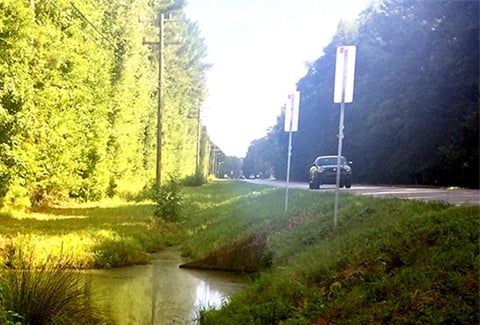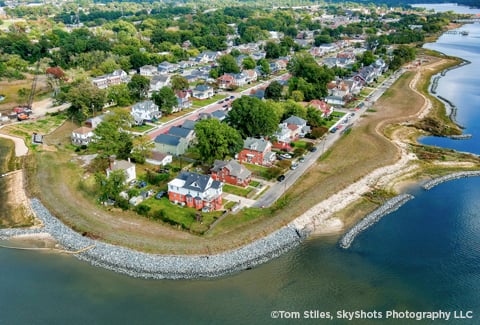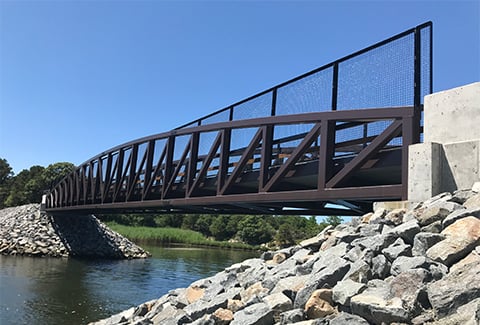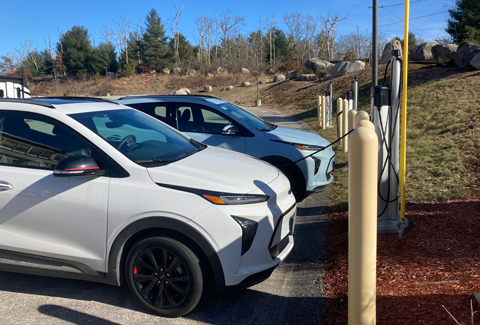To reduce congestion and improve mobility along one of Georgia’s most heavily traveled corridors, The Georgia Department of Transportation (GDOT) created the Major Mobility Investment Program (MMIP). With an investment totaling $11 billion, MMIP includes three interchange projects, four express lanes projects, three highway widening projects, and one commercial vehicle lanes project. The I-285 Top End Express Lanes project will improve mobility by adding two elevated, barrier-separated express lanes in both directions between I-75 and I-85, a stretch of interstate that carries more than 240,000 vehicles every weekday.
As part of the project’s design-build team, VHB led the development of the Environmental Impact Statement (EIS), modeling over 3,800 noise-sensitive locations on an accelerated project timetable with a Record of Decision expected in 2023. Our team identified ecological and historic resources, minority and/or low-income communities, evaluated impacts on communities and their resources, and assessed indirect and cumulative impacts.
VHB’s Air Quality & Noise Analysis team conducted assessments on a 30-mile stretch of the I-285 loop surrounding Atlanta. As part of the EIS filing, the team developed the Air Quality Impact Assessment (AQIA) reports, which require a project to demonstrate conformity for criteria pollutants and quantitatively assess mobile source air toxic (MSAT) emissions and greenhouse gas (GHG) emissions. VHB delivered a comprehensive MSAT analysis by leveraging regional travel demand modeling and EPA’s motor vehicle emissions simulator (MOVES) model. VHB used the latest Council on Environmental Quality guidance to provide a GHG emissions analysis consistent with federal regulations. Successful delivery of the AQIA required the navigation of a multi-step review process with several consulting agencies/parties. VHB also liaised with the project team to convey the results of the AQIA into a meaningful assessment of environmental justice impacts.
As additional travel lanes and roadway capacity are being added to the project areas, VHB also developed a noise impact assessment under GDOT’s Highway Noise Abatement Policy for Federal-Aid Projects. Work began at the conceptual level with the development and validation of a model using FHWA’s Traffic Noise Model (TNM v 2.5). Modeling of the existing, no-build, and build conditions was completed to understand the sound levels throughout the project corridor and identify areas where Type I noise barriers had the potential to be feasible and reasonable for construction.
With the addition of the new express lanes, the community will benefit from minimized traffic, increased connectivity, and improved health with the reduction of transportation noise in the surrounding areas.

